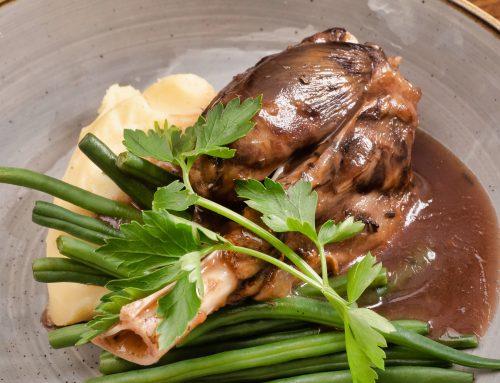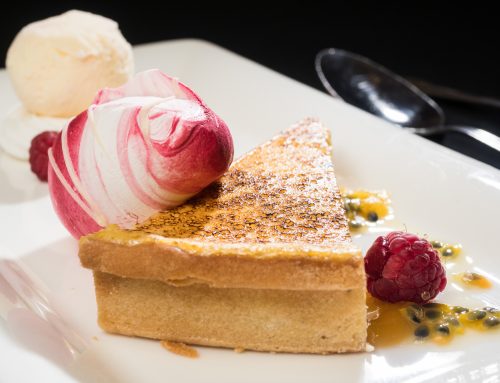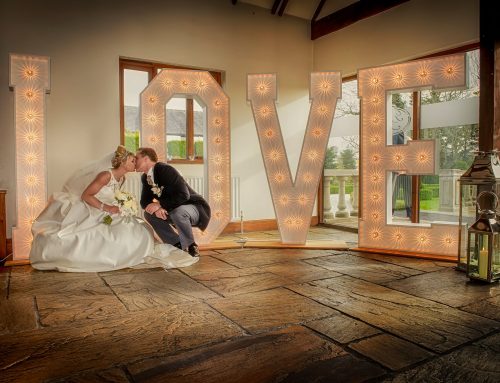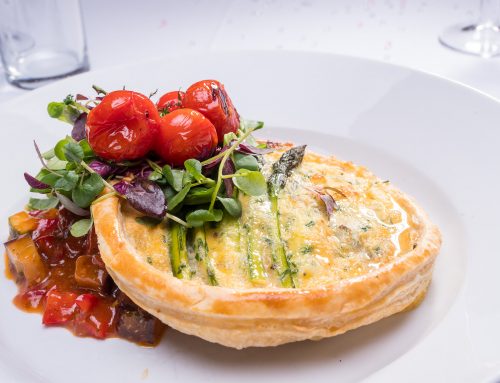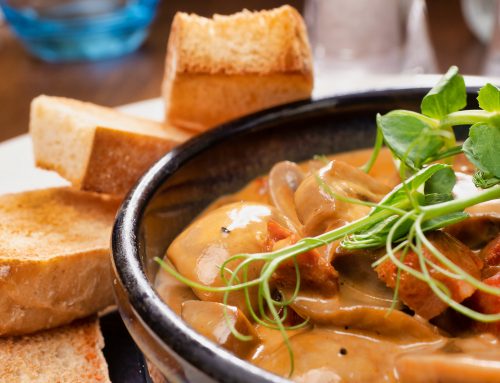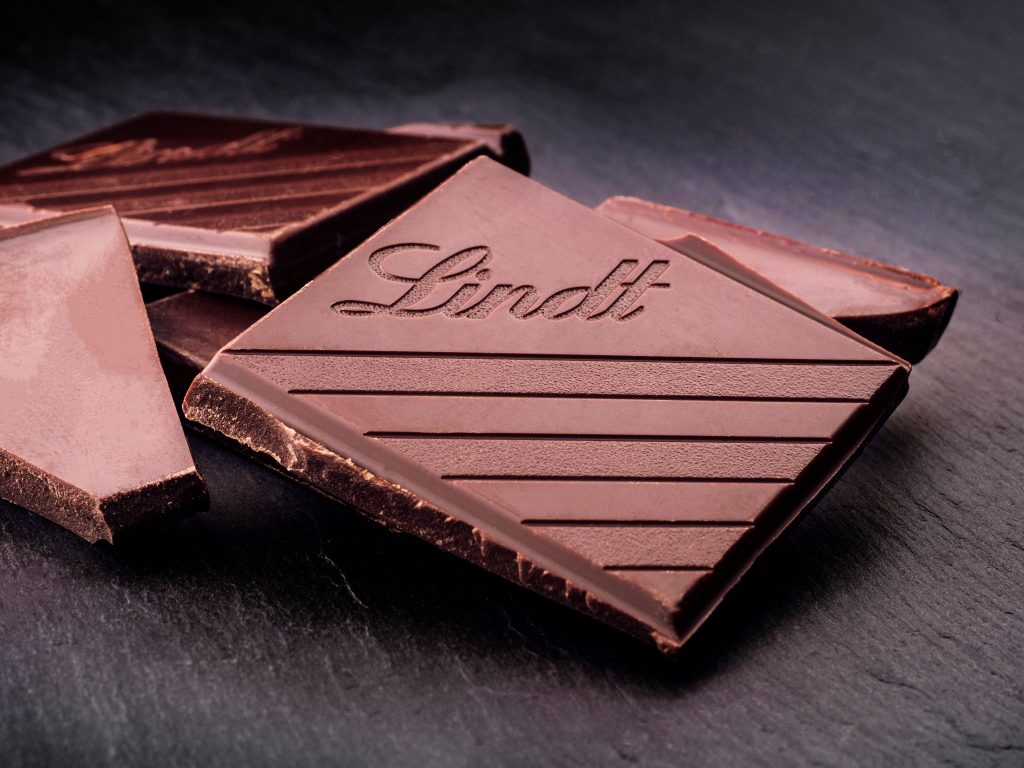
Photographing chocolate can present challenges. If you aren’t careful with regards to lighting, the chocolate can take on an almost plastic look. Not particularly conducive to one of the world’s most renowned romantic food items.
If music be the food of love, then what the hell is chocolate?
Anyway, I digress.
The above image comprises of four squares of Lindt’s finest chocolate. Chilli flavoured, if you’re interested. Yes, there was a full bar (please note the past tense), and yes, I stole it from my wife.
The base used for the image is a large serving slate, chosen for it’s texture and colour, which contrasts nicely with the chocolate. As with any food image, the detail is in the preparation. The slate was brand new and sealed, and typical of slate, it had a fine dusty hue to it when it was opened. Whilst it would pass a casual glance, the white dusting would stand out under the intense lighting. It needed a couple of good washes to get it to look spotless.
Now, chocolate is wonderful stuff, and also the most frustrating to photograph. You very carefully peel away the branded silver foil to reveal the moulded break points, and still holding the foil clad part of the bar, you snap it and gently unwrap the chocolate square before laying it on the slate.
And your heart sinks!
A fat thumb print is sat there staring at you from the underside of the chocolate!
Excellent!
So, we eat that one, and very gently break another square ensuring the foil is definitely in place. A close examination shows no thumb print this time, although some of the manufacturer’s embossed silver foil, be it ever so light, is showing in the surface of the chocolate. Okay, I can fix that later. Oh, along with the tiny, tiny speckles of chocolate that seem to be scattered across it’s surface. I can’t do anything about it, and no doubt any other piece is going to suffer the same be-speckling from being broken off.
So…………..
Moving onto the lighting. Frame left, and right up against the table is an ELB400 firing at 4.0 through a 90×90 Lastolite Ezyboz. This was angled slightly downward so as to play across the surface of the main chocolate square. It would create shadows into any of the depressions, although not highly contrasted due to the size of the modifier.
Frame right, I didn’t particularly want to overly complicate things, and decided to use a reflector to bring light back in the shadows on the opposite side of the chocolate to the light source. I also chose to use a silver reflector to aid the contrast I mentioned above. This helped keep the colour of the chocolate quite dark, and stopped it becoming the pale brown we often see, when light is reflected by the oil within the chocolate.
I used a high shutter speed to ensure I had full control of the lighting, and there was no contribution from any ambient light source.
Olympus OM-D E-M1 mkII 1/250th sec ISO200 12-40mm f2.8 @f14
And the behind the scenes shot to better explain the above.
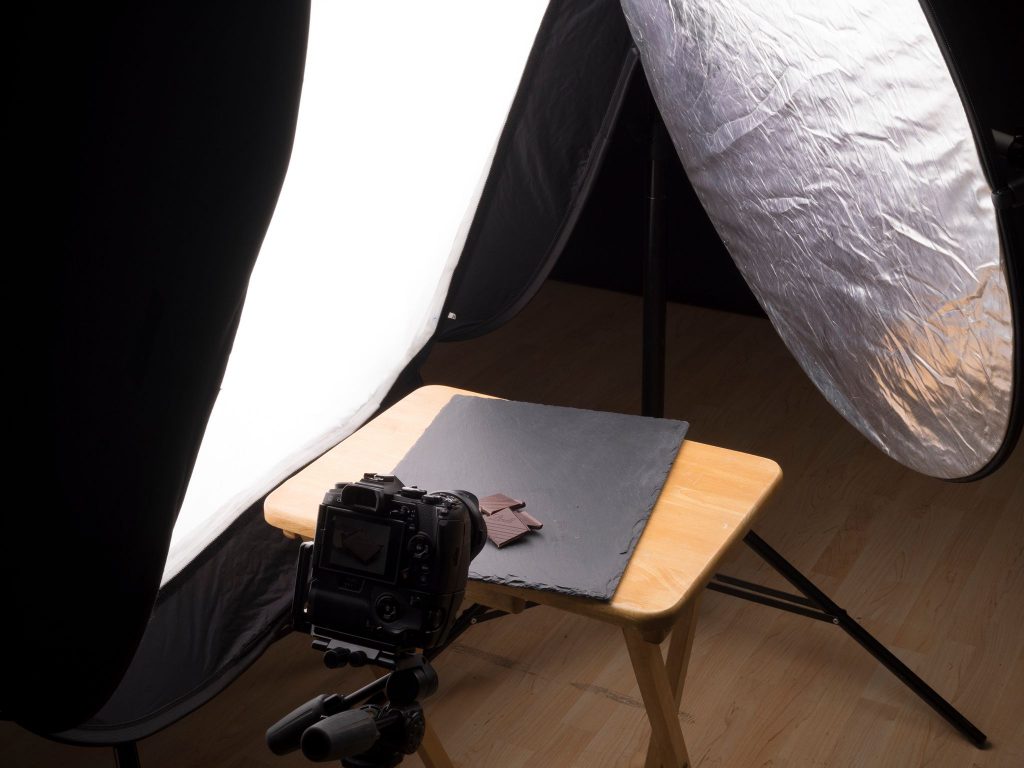
I provide training via Focal Point.

